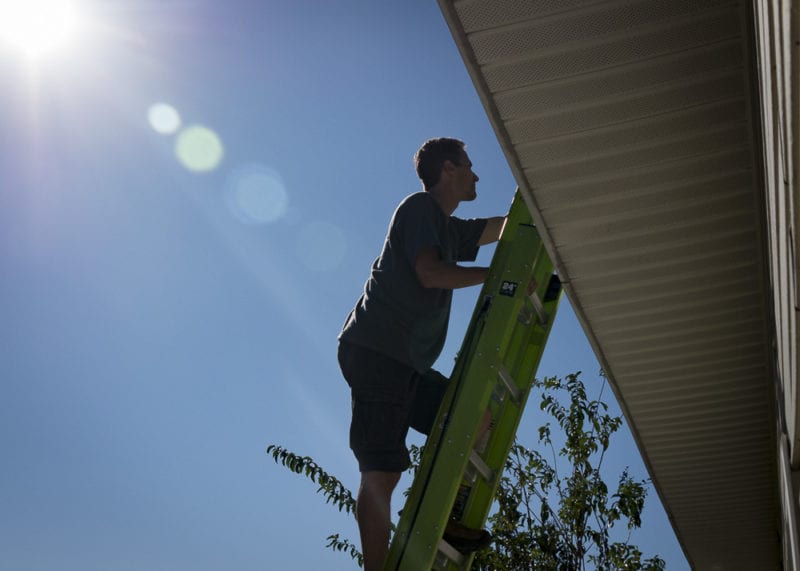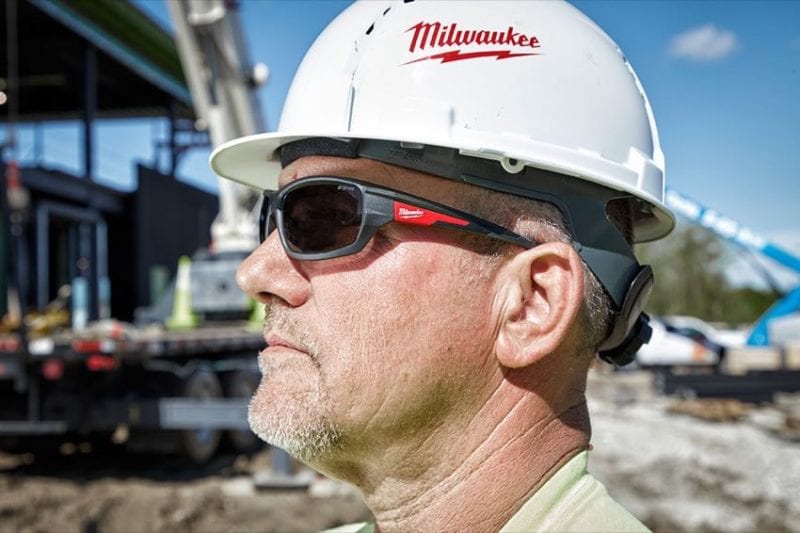A lot of attention surrounded the OSHA fall protection requirements that went into effect back in June of 2011. Smaller contractors still aren’t clear on how to best navigate the myriad of safety precautions. Fall safety and silica dust regulations seem to be more stringently enforced by the agency these days. Really there are (at least) two aspects to OSHA regulations. First, you have the letter of the law as it pertains to compliance. Secondly, you have the common sense implementations that make good business sense no matter who you are or what you do. In either case, you should know how to pass an OSHA inspection. Like most successful efforts, it involves preparation.
Follow These Guidelines to Pass an OSHA Inspection
While we recommend reading through the specific OSHA regulations, that’s a lot to take in. Our take on how to pass an OSHA inspection can be boiled down into the following basic guidelines to keep in mind when running a job site that involves sub-contractors. If you can’t keep OSHA off your job site, you can at least learn how to pass an inspection.
It comes down to understanding what OSHA looks for. If you want to pass an OSHA inspection, you need to be aware of the things they look for in compliance. A good place to start is noticing where they often cite violations.
Following are the top 10 OSHA violations:
- Fall protection, construction (29 CFR 1926.501)
- Hazard communication standard, general industry (29 CFR 1910.1200)
- Scaffolding, general requirements, construction (29 CFR 1926.451)
- Respiratory protection, general industry (29 CFR 1910.134)
- Control of hazardous energy (lockout/tagout), general industry (29 CFR 1910.147)
- Ladders, construction (29 CFR 1926.1053)
- Powered industrial trucks, general industry (29 CFR 1910.178)
- Fall Protection–Training Requirements (29 CFR 1926.503)
- Machinery and Machine Guarding, general requirements (29 CFR 1910.212)
- Eye and Face Protection (29 CFR 1926.102)
This list hasn’t changed much over the past 5 years—that should tell you something.

Keep the Jobsite Clean and Organized
You want to attract OSHA? Let your job site get cluttered. Leave tools lying around and don’t remove debris. That will make the casual OSHA inspector stop his car and go in for a closer look. If you can’t keep your job site clean, and instruct your sub-contractors to do the same, it’s doubtful you’ll adhere to proper OSHA procedures. Miss this and you become a bright light that attracts OSHA like some curious mosquito…and they sting a lot harder.
Watch Those 4/12+ Roofs
If you’re doing work on roofs above a 4 pitch, OSHA wants you to use anchor points, harnesses, and lifelines. If you aren’t going to use these (opting for guard rails, etc) then you need to adhere to the policies and procedures regarding exceptions. These are lengthy and specific.

You can often easily see roofing jobs from a drive-by. As such, this is one of the places you’ll want to pay strict attention to following the rules and regulations. Do this, and you can avoid getting fined. It also helps keep your job site safer. You don’t want anyone getting hurt, and these rules really do protect workers from injuries—and you from lawsuits and higher insurance premiums.
Ladders Matter
When studying how to pass an OSHA inspection, ladders really matter. Ladder violations often seem like candy to an OSHA inspector—at least based on how many citations we see issued. It comes up as #6 on the top ten OSHA citations list.
When using ladders to get on a roof, make sure they are properly angled. Ladders also must extend 3 feet past the edge of a roof or platform. Also, ensure that the ladder stays completely stable on the ground. With the plethora of good ladders and ladder accessories, there’s really no excuse for skimping in this area.

When using ladder jacks, make sure you aren’t doing so with any ladder over 20 feet tall. When using ladder jacks with a 10-foot or higher ladder, tie it off at its top point. And here’s another tip that is certain to bring the wrath of an OSHA inspector down on you: Don’t allow ladders or staging to sit within 10 feet of power lines. It doesn’t matter what material the ladder is made of, the rule still stands. You also don’t want an unused ladder standing up or otherwise in the way where it could be tripped over. Lay it down against a wall or put it back on the truck.
Hard Hats and Safety Goggles Not Optional
Another way to draw the ire, and investigative skills of an OSHA inspector, is to forgo hard harts and safety glasses. Don’t let your sub-contractors walk around a job site with overhead work without hard hats. Similarly, don’t cut and hammer without safety goggles. It makes you a magnet for the potential iron hot fury of OSHA. Eye and face protection again made their top-ten list for citations.

Guard Rails and Scaffolding Matters
This one comes up as #3 on OSHA’s list. When using scaffolding, you need to ensure that you set it up correctly and use planking. Make sure your subcontractors don’t use the bracing when ascending the scaffold. Pump staging also requires guard rails and ends. If you have a hole in the floor or are working on unfinished porches, stairs or landings, you need to put up guard rails and toe boards. If there are skylights on a roofing job, you need to cover them up as well.
Stay Safe Out There!
Is this everything? No, but it’s a good start and hits upon many of the major issues OSHA is cruising about for on a job site. Preparation goes a long way towards knowing how to pass an OSHA inspection. If you adhere to these rules you’ll be in pretty good shape for an OSHA inspection.
If you think there’s something major we missed, leave a comment below.



